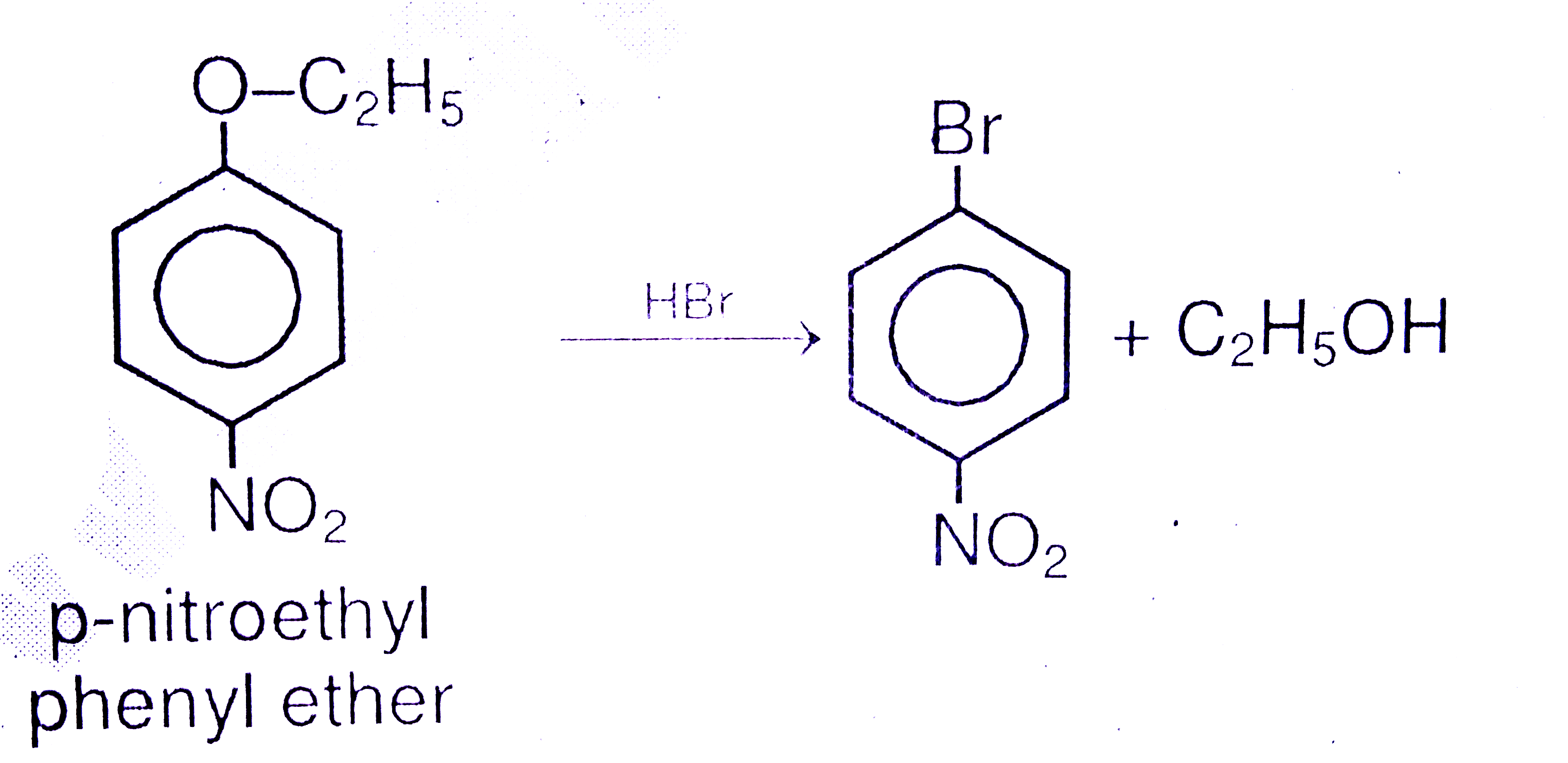Passivity of iron is due to formation of:
Fe2O3
Fe3O4
FeSO4
None of these
The correct Answer is:B
To solve the question regarding the passivity of iron, we need to understand the concept of passivity and the chemical processes involved.
1. Understanding Passivity of Iron:
- Passivity refers to the phenomenon where a metal becomes resistant to corrosion and does not react with certain reagents. In the case of iron, this occurs when it forms a protective layer on its surface.
2. Reaction with Concentrated Nitric Acid:
- When a piece of iron (Fe) is dipped in concentrated nitric acid (HNO3), it undergoes a reaction that leads to the formation of a passive layer. This layer renders the iron inert to further reactions.
3. Formation of Iron Oxides:
- Iron can react with oxygen in the air, leading to the formation of iron oxides. The most relevant oxides in this context are Fe2O3 (iron(III) oxide) and Fe3O4 (iron(II,III) oxide).
4. Identifying the Correct Oxide:
- Among the options provided:
- Option 1: Fe2O3
- Option 2: Fe3O4
- Option 3: FeSO4
- Option 4: None of these
- The oxide that is primarily responsible for the passivity of iron is Fe3O4. This oxide forms a protective layer that prevents further corrosion.
5. Conclusion:
- Therefore, the passivity of iron is due to the formation of Fe3O4, making option 2 the correct answer.
Final Answer:
The passivity of iron is due to the formation of Fe3O4.
---
- Passivity refers to the phenomenon where a metal becomes resistant to corrosion and does not react with certain reagents. In the case of iron, this occurs when it forms a protective layer on its surface.
- When a piece of iron (Fe) is dipped in concentrated nitric acid (HNO3), it undergoes a reaction that leads to the formation of a passive layer. This layer renders the iron inert to further reactions.
- Iron can react with oxygen in the air, leading to the formation of iron oxides. The most relevant oxides in this context are Fe2O3 (iron(III) oxide) and Fe3O4 (iron(II,III) oxide).
- Among the options provided:
- Option 1: Fe2O3
- Option 2: Fe3O4
- Option 3: FeSO4
- Option 4: None of these
- The oxide that is primarily responsible for the passivity of iron is Fe3O4. This oxide forms a protective layer that prevents further corrosion.
- Therefore, the passivity of iron is due to the formation of Fe3O4, making option 2 the correct answer.
The passivity of iron is due to the formation of Fe3O4.
Topper's Solved these Questions
- d-BLOCK ELEMENTSBOOK - VK JAISWAL ENGLISHCHAPTER - d-BLOCK ELEMENTSEXERCISE - ASSERTION-REASON TYPE QUESTIONS
32 Videos
- d-BLOCK ELEMENTSBOOK - VK JAISWAL ENGLISHCHAPTER - d-BLOCK ELEMENTSEXERCISE - SUBJECTIVE PROBLEMS
6 Videos
- CO-ORDINATION COMPOUNDSBOOK - VK JAISWAL ENGLISHCHAPTER - CO-ORDINATION COMPOUNDSEXERCISE - LEVEL 2
144 Videos
- ENVIRONMENTAL CHEMISTRYBOOK - VK JAISWAL ENGLISHCHAPTER - ENVIRONMENTAL CHEMISTRYEXERCISE - ASSERTION-REASON TYPE QUESTIONS
14 Videos
Similar Questions
Knowledge Check
Carbon monoxide poisoning is due to the formation of
AcarboxyhaemoglobinBcarbaminohaemoglobinCcarbonic acidDcarbonic anhydrase
Nitrates is confirmed by ring test.The brown colour of the ring is due to formation of:
View SolutionRing structure of glucose is due to formation of hemiacetal and ring formation between
View SolutionIn Lucas test of alcohols, appearance of cloudiness is due to the formation of
View SolutionThe borax bead is due to formation of
View SolutionIn the detection of P, yellow ppt obtained is due to formation of
View SolutionSilver articles become black on prolonged exposure to air. This is due to the formation of
View SolutionAssertion:

Reason: due to formation of highly stable carbocation.
View Solution
